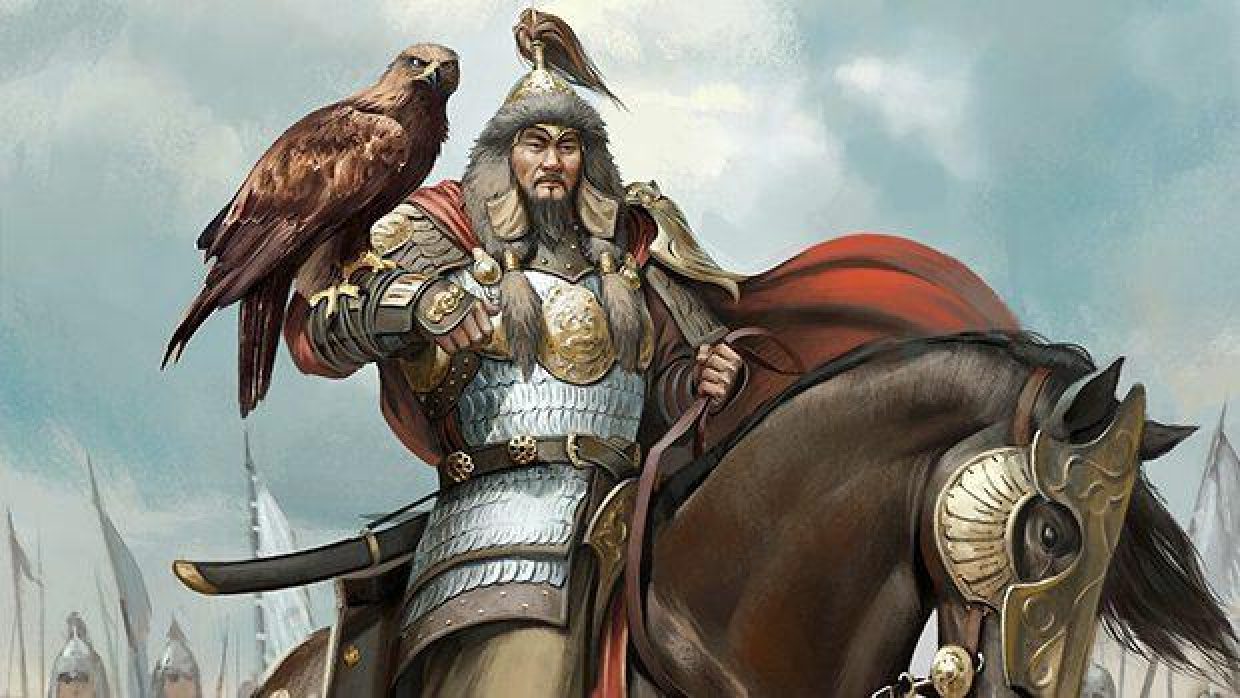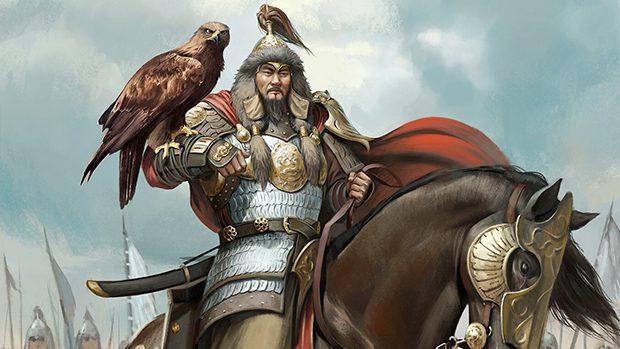When we think of Genghis Khan, images of ruthless conquest and sprawling hordes often come to mind. Yet, beneath the battles and the legends lies a visionary leader whose strategic genius and unyielding ambition reshaped the course of history. As the founder of the Mongol Empire—the largest contiguous empire the world has ever seen—Genghis Khan’s impact went far beyond mere military dominance. His innovative governance, promotion of meritocracy, and ability to unify disparate tribes laid the foundation for an empire that not only expanded across continents but also fostered trade, cultural exchange, and legal reform. In this article, we delve into the life and legacy of Genghis Khan, exploring how his vision turned a fragmented steppe society into a formidable empire that still echoes through the ages.
Table of Contents
- Genghis Khan’s Early Life and Rise to Power
- Innovative Military Strategies That Redefined Warfare
- Building the Mongol Empire Through Administration and Diplomacy
- Lessons from Genghis Khan for Modern Leadership and Strategy
- The Conclusion
Genghis Khan’s Early Life and Rise to Power
Born as Temüjin around 1162, Genghis Khan’s childhood was marked by hardship and resilience. After his father, a tribal chief, was poisoned by rivals, Temüjin’s family was left vulnerable and isolated in the harsh Mongolian steppes. These early challenges shaped him into a determined and resourceful leader. Rooted deeply in Mongol tribal traditions, he forged alliances through strategic marriages and loyalty, understanding that unity was the key to overcoming fragmentation among various clans. His leadership was characterized by an unyielding commitment to justice and meritocracy, which earned him the respect of warriors and commoners alike.
His rise to power was not an overnight event but a calculated journey fueled by shrewd politics and military innovations. Temüjin’s ability to break away from the cycle of tribal feuds and instill a sense of collective identity distinguished him from other chieftains. Some of the pivotal elements that contributed to his ascent included:
- Reforming the Mongol military into a disciplined and united force based on loyalty rather than noble birth.
- Implementing a legal code, known as the Yassa, to maintain order and discipline.
- Forging pragmatic alliances and eliminating rivals through clever diplomacy and battlefield tactics.
Temüjin’s transformation into Genghis Khan marked the beginning of a new era, where a vision of a vast empire governed by stability and order started to materialize from the chaos of Mongol tribal conflicts.
Innovative Military Strategies That Redefined Warfare
Genghis Khan’s military innovation was not merely in brute force but in the meticulous orchestration of speed, communication, and psychological warfare. His armies moved with unprecedented agility, capable of covering up to 100 miles a day on horseback—a feat that stunned enemies used to slower, cumbersome forces. This rapid mobility allowed surprise attacks from unexpected directions, shattering enemy morale before battle even began.
Alongside speed, Genghis Khan introduced a revolutionary command system centered on strict discipline and a meritocratic promotion policy. His army was divided into units of tens, hundreds, thousands, and ten-thousands, enabling efficient control and coordination on the battlefield. Additional tactics included:
- Use of feigned retreats to lure enemies into traps, showcasing deep psychological insight.
- Integration of conquered soldiers to diversify skills, creating highly adaptable forces.
- Advanced communication chains using mounted messengers to relay orders swiftly across vast terrains.
Building the Mongol Empire Through Administration and Diplomacy
Genghis Khan’s genius extended far beyond his military prowess; his unparalleled administrative skills laid the groundwork for a stable and efficient empire that stretched across Asia and into Europe. Recognizing that conquest was only the first step, he implemented a meritocratic system, choosing officials based on ability rather than lineage or tribal affiliation. This strategic move not only unified diverse peoples under a single administration but also fostered loyalty and competence within the ranks of governance. His creation of a written code of laws, known as Yassa, enforced order and justice, helping to maintain discipline and structure throughout the vast territories.
Diplomacy served as a critical pillar in the expansion and consolidation of Mongol power. Genghis Khan employed a calculated approach to building alliances, forging ties through marriages, trade agreements, and religious tolerance. His respect for different cultures and religions encouraged cooperation and minimized resistance, allowing for smoother integration of conquered lands. Key elements of his diplomatic strategy included:
- Strategic alliances with neighboring tribes and kingdoms to prevent unnecessary conflicts
- Promotion of trade networks that connected East and West, facilitating economic prosperity
- Religious freedoms that enhanced unity and trust among diverse peoples
Through this multifaceted approach, Genghis Khan transformed the Mongol Empire into not just a military juggernaut but a sophisticated polity capable of sustained governance across continents.
Lessons from Genghis Khan for Modern Leadership and Strategy
Genghis Khan’s leadership was revolutionary, rooted in a deep understanding of unity and meritocracy. Unlike many rulers of his time, he prioritized talent and loyalty over noble birth, allowing for a flexible and adaptive command structure. This approach fostered a culture where the best ideas could flourish, regardless of origin, a practice that modern leaders can emulate to break down hierarchical barriers and cultivate innovation within their teams.
His strategic brilliance extended beyond battlefield tactics to the realm of long-term vision and cultural integration. Genghis Khan employed psychological warfare, intelligence gathering, and rapid mobility to outmaneuver opponents. Moreover, his policies promoted religious tolerance and trade, strengthening the empire’s internal cohesion and external relations. Modern strategists can learn from his balanced focus on both the immediate objectives and the sustainable growth of an organization or state. Key takeaways include:
- Empowering diverse talents to foster innovation and resilience
- Utilizing intelligence and data to inform strategic decisions
- Adapting quickly to changing environments with agility
- Building inclusive cultures that value different perspectives
- Balancing immediate action with long-term planning
The Conclusion
In tracing the life and legacy of Genghis Khan, we uncover more than just the story of a fierce conqueror — we see the blueprint of a visionary leader whose strategic brilliance and unyielding ambition reshaped the medieval world. His ability to unify the Mongol tribes, innovate military tactics, and foster trade laid the groundwork for one of history’s greatest empires. Understanding Genghis Khan challenges us to look beyond the myths and recognize the profound impact he had on global history, reminding us that vision and leadership can change the course of civilizations.













